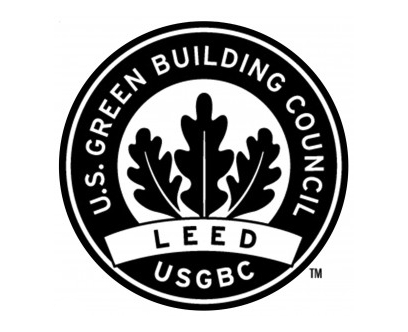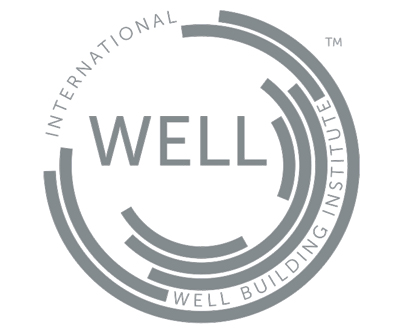LEED
LEED (Leadership in Energy and Environmental Design):
Developed in the United States, it is widely used globally. This system focuses on environmental sustainability, evaluating criteria such as location and transportation, site sustainability, efficient water management, energy and atmosphere, materials and resources, indoor environmental quality, innovation, and regional priorities. The LEED certification process recognizes a building for sustainable practices adopted during the construction and management process. LEED provides a classification ranging from LEED Certified to Silver, Gold, or Platinum, based on the number of points obtained. This ranking not only emphasizes commitment to sustainability but also helps guide construction towards higher standards of global environmental responsibility.

BREEAM
BREEAM (Building Research Establishment Environmental Assessment Method):
Developed in the United Kingdom, it assesses the environmental impact of buildings through parameters such as management, health and well-being, energy, transportation, water, materials, waste, land use, pollution, and innovation. It is widely recognized internationally and provides a comprehensive framework for assessing and improving the sustainability of buildings. BREEAM offers a classification based on the scores obtained (Outstanding, Excellent, Very Good, Good, Pass, Unclassified), determining the level of certification and emphasizing the commitment to more sustainable and responsible construction practices.

WELL
WELL Building Standard:
Developed in the United States, it focuses on the health conditions and mental well-being of those occupying a given built space. The protocol is divided into 10 categories called “Concepts” (Air, Water, Nutrition, Light, Movement, Thermal Comfort, Sound, Materials, Mind, Community) and defined by performance and prescriptive indicators, requiring specific technologies, design strategies, or policies to be implemented. The final score is divided into four levels: Bronze, Silver, Gold, and Platinum. It is the first system to define parameters with which buildings can improve our lives, placing the comfort of people as the main focus to better manage and live in indoor environments.





